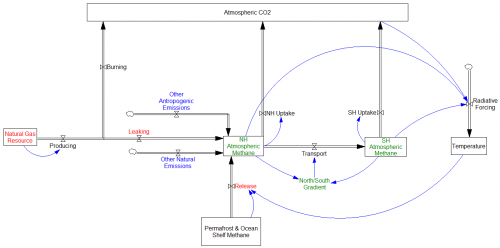This time of year, systems thinkers should eschew sugar plum fairies and instead dream of Industrial Dynamics, Appendix N:
Self-generated Seasonal Cycles
Industrial policies adopted in recognition of seasonal sales patterns may often accentuate the very seasonality from which they arise. A seasonal forecast can lead to action that may cause fulfillment of the forecast. In closed-loop systems this is a likely possibility. The analysis of sales data in search of seasonality is fraught with many dangers. As discussed in Appendix F, random-noise disturbances contain a broad band of component frequencies. This means that any effort toward statistical isolation of a seasonal sales component will find some seasonality in the random disturbances. Should the seasonality so located lead to decisions that create actual seasonality, the process can become self-regenerative.
Self-induced seasonality appears to occur many places in American industry. Sometimes it is obvious and clearly recognized, and perhaps little can be done about it. An example of the obvious is the strong seasonality in items such as cameras sold in the Christmas trade. By bringing out new models and by advertising and other sales promotion in anticipation of Christmas purchases, the industry tends to concentrate its sales at this particular time of year.
Other kinds of seasonality are much less clear. Almost always when seasonality is expected, explanations can be found to justify whatever one believes to be true. A tradition can be established that a particular item sells better at a certain time of year. As this “fact” becomes more and more widely believed, it may tend to concentrate sales effort at the time when the customers are believed to wish to buy. This in turn still further heightens the sales at that particular time.


